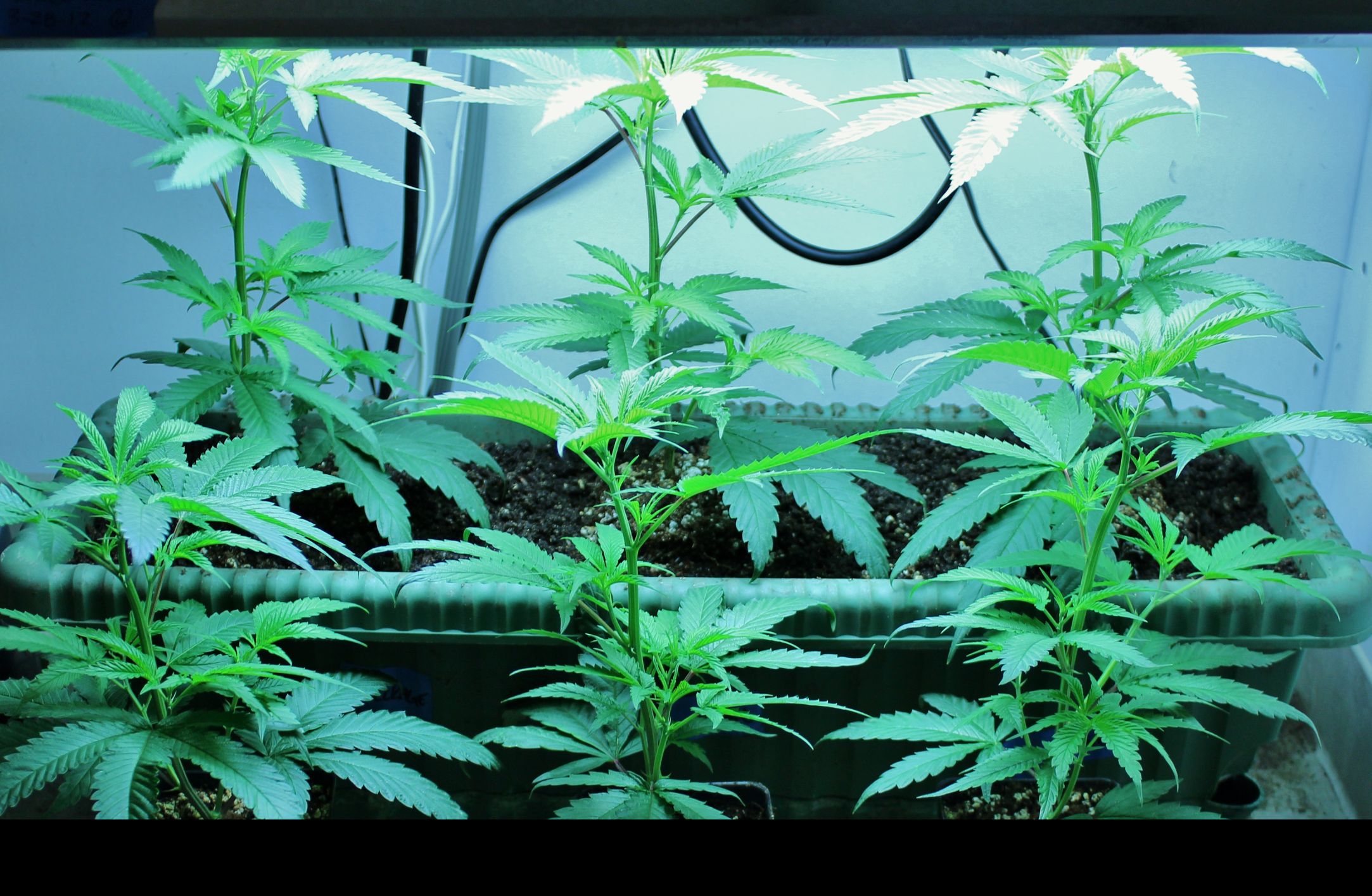A recent survey conducted by an online real estate brokerage found that nearly half of all respondents would reconsider purchasing a property if they knew marijuana – even a legal amount – had been grown inside the home.[1]
Nevertheless, the Cannabis Act and Cannabis Control and Licensing Act now permit British Columbians to grow up to four cannabis plants in their home, with certain restrictions.[2]
As there is no current limit to the size of home-grown cannabis plants, under the right conditions, four plants could yield up to five kilograms (or 11 pounds) of cannabis each year in their homes.[3]
While some are eager to flex their “green thumbs,” others are concerned that this level of production could have negative impacts on health and safety, as well as on the buying, selling, and maintenance of real estate.
The reason for these concerns is that cannabis is a fickle plant. It requires significant light and humidity in order to grow. Amplified humidity increases the risk of mould and fungus, which can have impacts on individual health and can cause significant structural damage to a home. Additionally, heat lamps are often required in order to grow cannabis and their use increases energy costs as well as the risk of fires. While some argue that growing four plants will not bring about such risks, real estate boards and associations across the country are appreciably more concerned.
Risks to Sellers and Buyers
Home-grown cannabis presents risks to both sellers and buyers of real estate in British Columbia.
Buyers may face risks when purchasing a home where cannabis has been grown (legally or otherwise), as this may result in property damage to the property and affect a buyers’ ability to obtain financing and insurance.
Grow operations can cause significant structural damage to a home, which often is not discovered until after the home has been purchased. This can lead to significant remediation costs, inconvenience, and stress for buyers.
Further, many financial institutions have lending restrictions on properties that have been used for growing cannabis, which may inhibit a buyer’s ability to obtain financing for their property purchase. While these restrictions may change now that growing recreational cannabis is legal, they also might not, as previous cannabis growth on a property constitutes a risk to financial institutions.
Previous cannabis growth on a property serves similar risks to insurance companies. Most home insurance policies currently contain a stipulation that voids coverage on properties used for cannabis cultivation. This could mean that home insurance may not be obtainable, or could be void, if cannabis has been grown on the property.
The central risk to sellers relates to their obligation to disclose “material latent defects” to potential purchasers. A latent defect is defined as a defect to a property that is not visible upon ordinary inspection, but which materially affects the property’s use or value.
If a seller fails to disclose a material latent defect to a buyer, the seller could be responsible to the buyer for any property damage sustained after the purchase of the property.
The current case law suggests that the previous use of a residential property as a grow operation constitutes a material latent defect that needs to be disclosed by sellers to buyers.[4] Notably, as cannabis was just legalized last month, this is a rapidly changing landscape, and the current case law may not reflect the state of the law in a few months’ time.
The critical question, therefore, is whether legally growing four cannabis plants in a residential property constitutes a grow operation. This has yet to be determined, and experts are divided on the issue.[5] Nevertheless, given the production potential of four plants, it would seem currently prudent for a seller to disclose to a potential purchaser if they have legally grown cannabis plants on their property.
This approach has been approved by the Real Estate Council of BC, which, in June 2014, amended their Professional Standards Manual to recommend that realtors disclose the previous use of a property for the legal growth of medicinal cannabis plants. This is because the possibility remains that the growth of legal cannabis could still result in a property defect.[6]
Conclusion
In conclusion, sellers may wish to protect themselves by disclosing to potential buyers if they have grown cannabis plants in their homes.
Buyers may also wish to protect themselves by requiring sellers to make representations and warranties in their purchase and sale contracts that cannabis has not been grown on a property. If there has been previous cannabis growth on a property, buyers may wish to notify their financial institutions and insurers to confirm if they are still willing to provide financing and insurance on the property.
If you have any questions about your rights and obligations in a real estate transaction, please contact someone from our Real Estate Practice Group.
[1] Zoocasa, “2018 Housing Trends Report: Hot Issues”, https://marketing.zoocasa.com/zoocasa-housing-trends-report-2018-hot-issues.pdf
[2] Cannabis Act, S.C. 2018, c. 16; Cannabis Control and Licensing Act, S.B.C. 2018, c. 29
[3] Gregg Quinn, “Growing four pot plants inside is still enough to wreck your house, realtors warn”, Bloomberg News (1 May 2018), online: https://business.financialpost.com/cannabis/four-pot-plants-can-still-wreck-your-house-canada-realtors-warn
[4] See, for example, Westwin Realty Ltd (Re), 2010 CanLII 49595 (BC REC)
[5] Adam Frisk, “Growing 4 cannabis plants for recreational use is not a ‘grow-op,’ experts say”, Global News (1 May 2018), online: https://globalnews.ca/news/4179440/growing-cannabis-plants-not-grow-op/
[6] Real Estate Council of British Columbia, “Professional Standards Manual”, online: https://www.recbc.ca/psm/disclosure-of-illegal-activities/


